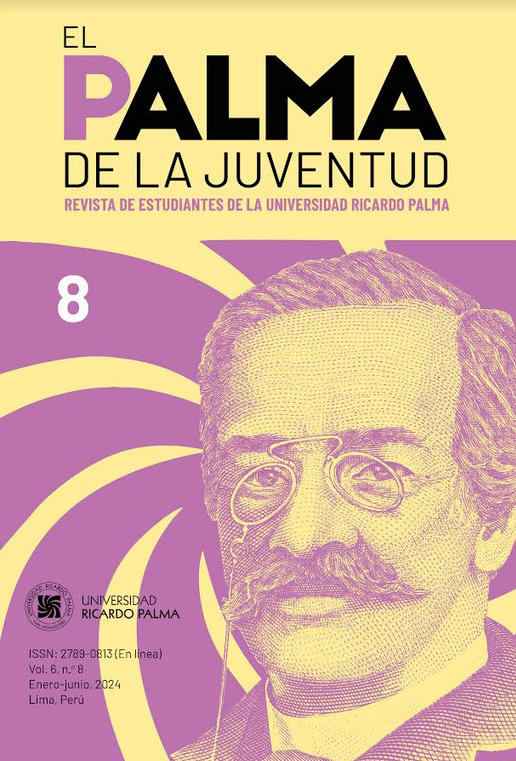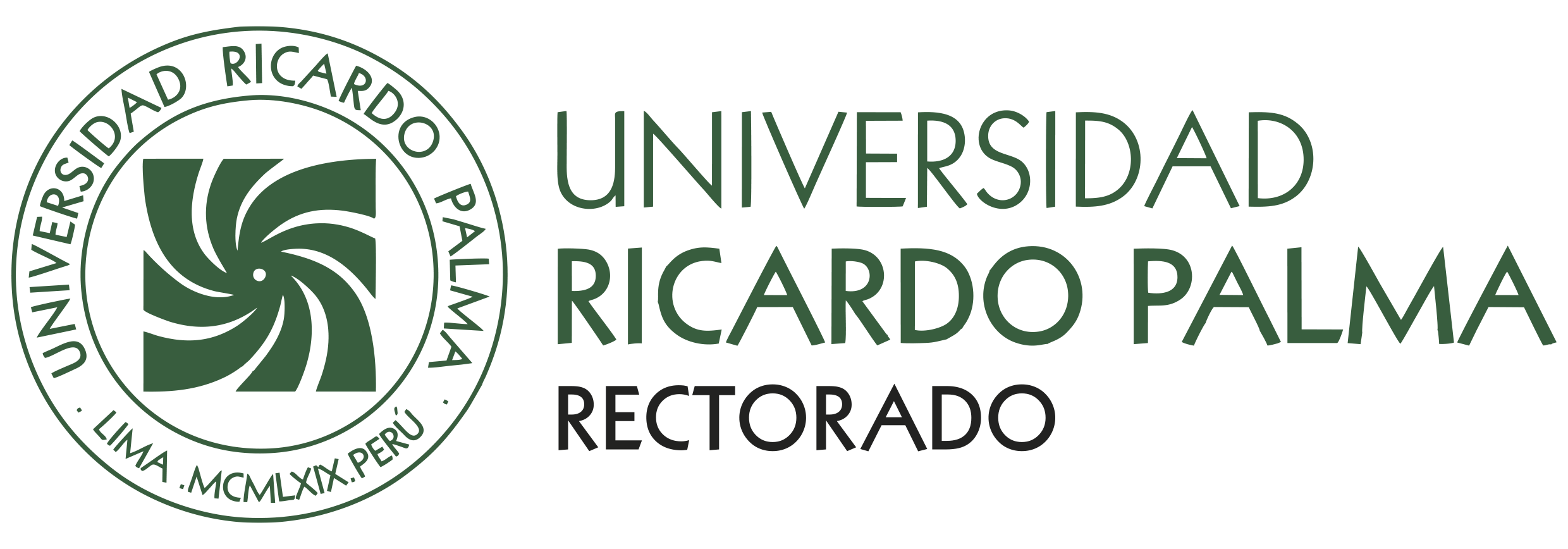The changing perception of animal welfare in cockfighting in relation to the tradition of «Un camarón» («One Shrimp»)
DOI:
https://doi.org/10.59885/epdlj.2024.v6n8.04Keywords:
Peruvian traditions, bioethics, animal law, moral responsibility, cockfightingAbstract
In this scientific paper, we will analyse the tradition «Un camarón» («One Shrimp»), by Ricardo Palma, and the cockfights described in it. The aim is to demonstrate the change in people’s social perception of animal abuse and well-being from the 19th century to the present day. Likewise, we will prove the lack of bioethics of cockfighting, emphasising how this practice violates the well-being of these animals. Furthermore, we will demonstrate the influence of Christian religion and culture on the reification of animals and how this has historically affected the recognition of their rights. Finally, we will discuss the importance of a bioethical approach to entertainment practices involving animals as a means of understanding the responsibility we have as thinking beings towards other non-human beings.
References
Álvarez, J. A. (2007). La controversia sobre la vivisección. Acta Bioethica, 13(1), 53-60. http://dx.doi.org/10.4067/S1726-569X2007000100006
Barrios, E. E., Espinoza, M., Leal, U., Ruiz, N., Pinto, V. y Jurado, B. (2011). Bioética y el empleo de animales de experimentación en investigación. Salus, 15(2), 28-34. https://ve.scielo.org/scielo.php?script=sci_arttext&pid=S1316-71382011000200009
Cafarras, C. (1997). Introducción general. En A. Polaino (ed.), Manual de bioética general (pp. 23-30). Rialp. https://repositorioinstitucional.ceu.es/bitstream/10637/1559/2/Introduccion.pdf
Capacete, F. J. (2018). La Declaración Universal de los Derechos del Animal. En Derecho Animal. Forum of Animal Law Studies, 9(3), 143-146. https://doi.org/10.5565/rev/da.339
Denegri, M. A. (2015). Arte y ciencia de la gallística. Fondo Editorial de la Universidad Inca Garcilaso de la Vega. http://hdl.handle.net/20.500.11818/1154
Gallos & Gallos (2018). Arequipa provincia/cartelera gallística. https://gallosygallos.jimdofree.com/arequipa-cartelera-gallistica-1/
Gallos & Gallos (2019). Coliseos de gallos en el Perú. Distribución por departamentos 2019. https://gallosygallos.jimdofree.com/
Marín, J. A. (2022). «Mujer y tigre»: Influencia de la religión católica en la creación de expresiones coloquiales peruanas. El Palma de la Juventud, 4(5), 221-235. https://doi.org/10.31381/epdlj.v4i5.4876
Mi Gallo Programa (entrevistador) (2018, 22 de octubre). Conoce al gallo peruano: Biol. Ricardo Pedraglio [Entrevista]. YouTube. https://www.youtube.com/watch?v=cIiffrY18VQ
Murillo, L. O. y Gutiérrez, J. E. (2012). Manual de crianza, raza, entrenamiento y reglamento del gallo de combate [Trabajo de graduación, Universidad Nacional Agraria]. https://repositorio.una.edu.ni/1463
Ofor, M. O. y Ofole, N. M. (2015). Female genital mutilation: the place of culture and the debilitating effects on the dignity of the female gender. European Scientific Journal, 11(14), 112-121. https://eujournal.org/index.php/esj/article/view/5678
Organización Mundial de Sanidad Animal (2023). Introducción a las recomendaciones para el bienestar de los animales. En Código Sanitario para los Animales Terrestres (cap. 7.1). https://www.woah.org/fileadmin/Home/esp/Health_standards/tahc/current/es_chapitre_aw_introduction.htm
Palma, R. (2007 [1894]). Un camarón. En Tradiciones peruanas. Tercera serie. Biblioteca Virtual Miguel de Cervantes. https://www.cervantesvirtual.com/obra-visor/tradiciones-peruanas-terceraserie--0/html/01559788-82b2-11df-acc7002185ce6064_13.html#I_53_
Pedraglio, R. (2001). Tratado sobre el gallo de combate. Manual práctico del gallero. Pico-espuela y navaja. SERINSA.
Pradier-Fodéré, C. (2021). Lima y sus alrededores: cuadros de costumbres peruanas. Fondo Editorial de la Universidad Nacional Mayor de San Marcos.
Real Academia Española (2014). Cosificar. En Diccionario de la lengua española. Recuperado el 3 de diciembre de 2023, de: https://dle.rae.es/cosificar
Real Academia Española (2014). Cultura. En Diccionario de la lengua española. Recuperado el 15 de enero de 2024, de: https://dle.rae.es/cultura
Reátegui, A., Rufasto, C. E. y Arce, Z. L. (2016). Ética en animales de experimentación. CES Medicina Veterinaria y Zootecnia, 11(3), 8-9. http://www.scielo.org.co/pdf/cmvz/v11n3/v11n3a02.pdf
Reina Valera (1960). https://www.biblegateway.com/passage/?search=G%C3%A9nesis%201%3A26&version=RVR1960
Santa María, J. J. (2020). Antecedentes históricos del gallo de combate. Tomo I. Edición del autor.
Vega, S. y Watanabe, R. (2016). Análisis de la Ley 30407, «Ley de Protección y Bienestar Animal» en el Perú. Revista de Investigaciones Veterinarias del Perú, 27(2), 388-396. http://dx.doi.org/10.15381/rivep.v27i2.11664
Vera, E. (2020, 26 de febrero). Todo lo que debes saber sobre fallo a favor de las corridas de toros y peleas de gallos. El Comercio. https://elcomercio.pe/peru/todo-lo-que-debes-saber-sobrefallo-a-favor-de-las-corridas-de-toros-y-peleas-de-gallos-noticia/?ref=ecr
Downloads
Published
How to Cite
Issue
Section
License
Copyright (c) 2024 Ana Daniela Ramírez Pinedo

This work is licensed under a Creative Commons Attribution 4.0 International License.
La revista utiliza una licencia Creative Commons para mostrar a los lectores y usuarios cómo se pueden utilizar los contenidos publicados.
Los contenidos publicados en esta revista están bajo una licencia CC-BY 4.0. Esta licencia permite:
- Compartir, copiar y redistribuir el material en cualquier medio o formato.
- Adaptar, remezclar, transformar y construir a partir del material para cualquier propósito, incluso comercialmente.
Bajo los siguientes términos:
- Atribución. Usted debe dar crédito de manera adecuada, brindar un enlace a la licencia, e indicar si se han realizado cambios. Puede hacerlo en cualquier forma razonable, pero no de forma tal que sugiera que usted o su uso tienen el apoyo de la licenciante.










